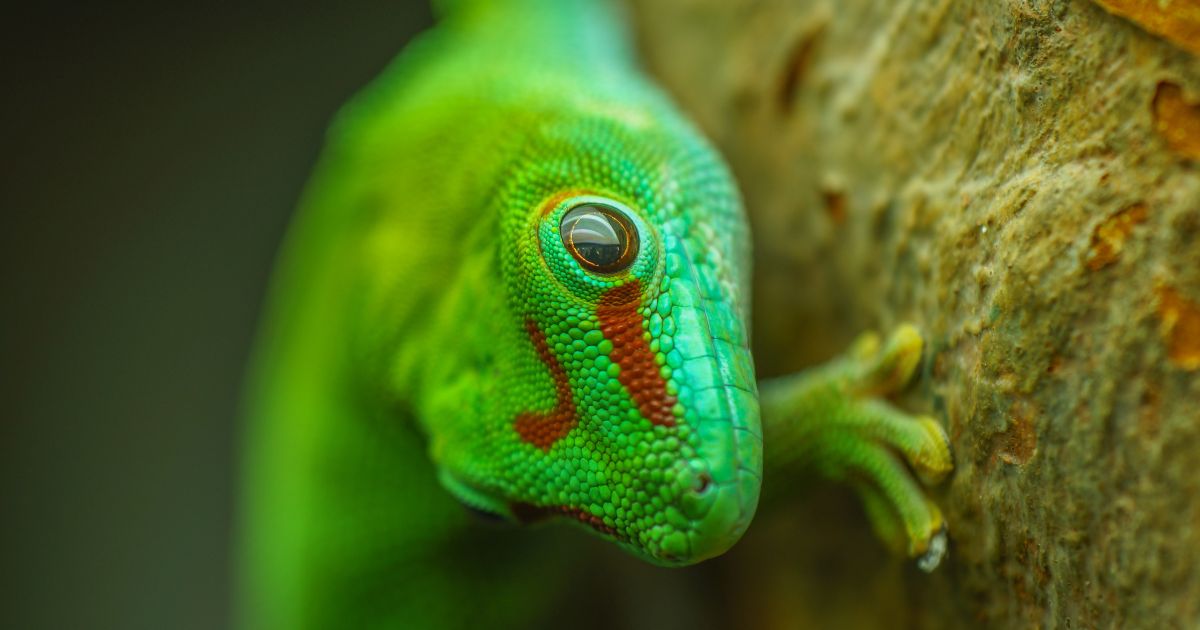The Ultimate Guide to Lizards in Singapore

Planet earth is home to more than 6000 types of lizards. Many of these reptiles are known for their colourful appearance, especially the tiny geckos and iguanas. The large species known as monitor lizards is more common in Singapore. Lizards are generally harmless creatures, but there are some features that are worth noting.
Lizard biology
Lizards are closely related to snakes. Their build, copulatory organs and skull are identical. Most lizards have long tails and four legs.
Their colourful appearance is a special attribute of most types of lizards. The lizard family is so large that it is hard to describe their characteristics in too much detail. Geckos, for example, are tiny lizards (about 3cm long), while some species of monitor lizards can grow up to 3m long.
Most lizards eat insects, which actually makes them a genuine candidate to help with pest prevention. Iguanas are also part of the lizard family, though they eat plants instead of insects. The monitor lizard species are another exception. Besides insects, they also feed on snakes and fish.

Types of Lizards in Singapore
There are many types of lizards in Singapore. We will focus on the species that are most common outdoors and indoors. The monitor lizards are active outdoors and fall under the Singaporean Wildlife Act, while geckos are known to be house lizards.
Types of lizards in Singapore:

Monitor Lizards
The most noteworthy type of lizard in Singapore is the monitor lizard. Monitor lizards have various sub-types, including the Malayan water monitor lizard, clouded monitor lizard and Dumeril’s monitor lizard.
Monitor lizards are protected by Singapore law as they are considered to be wild animals. Under the Wildlife Act it is illegal to remove wild animals. In addition, monitor lizards fall under the Parks and Trees Act. As such, they are protected in nature reserves and other areas that are managed by the National Parks Board (NParks).
Killem Pest is accredited by NParks to trap and take certain wildlife in line with the Wildlife Act 1965.

What to do if you see a monitor lizard?
Monitor lizards are shy and they generally stay away from humans. Only in rare cases will they attack you. Do not touch, chase or provoke monitor lizards as that can trigger an unlikely attack.
If you do receive a bite, you need to seek medical attention immediately. Monitor lizards are one of the few lizard species that are venomous, though the venom is not fatal to humans.
Unfortunately, poaching of monitor lizards in Singapore occurs. The National Parks Board advice is to take photo or video evidence if you encounter poaching, and to call the Animal Response Center: 1800-476-1600.
Pro Tip: If you notice a lizard at your home, do not try to catch and remove it on your own and contact pest management professionals.
Are house lizards dangerous?
House lizards (geckos) generally pose very little risk. In rare cases, lizards can carry salmonella. The droppings and urine can transmit salmonella. Keeping the house clean and food covered is a good practice to minimize the risk of salmonella.
As mentioned previously, some lizards are actually useful as they eat other insects. House lizards will do their best to eat flies and mosquitoes. If you have a lot of lizards at home, it is probably a sign of many insects in your house as well.
Want to find out more about wildlife management in Singapore?

Are lizards pets or pests?
Whether you consider a lizard or any type of species to be a pet or a pest is totally up to you and your personal preferences. Mice are a good example. Some people keep mice as pets, but most people consider mice to be a pest.
In the case of lizards, the colourful iguanas are often seen as a pet. The small, tiny house lizards that come into your home uninvited and can cause health hazards, can be seen as a pest.
Where to find lizards around the home?
Lizards are attracted to dark and warm spaces. So, you’ll often find them behind doors, in cupboards and on the walls and ceilings. Standing water also attracts lizards.
How to get rid of lizards
There are several simple things you can do to get rid of lizards:
- Keep your home clean
- Cover food to prevent flies, which attract lizards
- Seal windows and doors

Wildlife Intrusion? Let Us Help.
We offer fast and effective solutions to ensure a secure environment for your home or business while prioritizing wildlife protection.
How to make a lizard trap at home
If you’re looking for a humane way to get rid of lizards at your home, an easy DIY lizard trap can be the answer. To create a lizard trap at home, you will need a clear plastic bottle, scissors, adhesive tape, and bait.
- Cut the bottle at about one-third from the top.
- Turn the top section you just cut upside down and insert it back into the bottle.
- Add your chosen bait, such as insects, water or small bits of fruit, to attract the lizard.
- Place the lizard trap in an area with lizard activity, and when you’ve caught one, release it safely outdoors.
Author: Soleha Nisaa
Frequently Asked Questions
Most lizards are harmless to people and will only attack you as a last resort trying to defend their life. However, you need to be aware of the bacteria that lizards carry, and a few venomous species.
Yes, lizards can be attracted to areas that are well lit and warm, so turning off lights can help prevent lizards from appearing in your home.
Lizard bites are very rare and happen when lizards feel threatened or get provoked. If you come into contact with a lizard, it’s important to remember to move slowly and avoid sudden movements, as this can startle the lizard and cause it to feel threatened.






